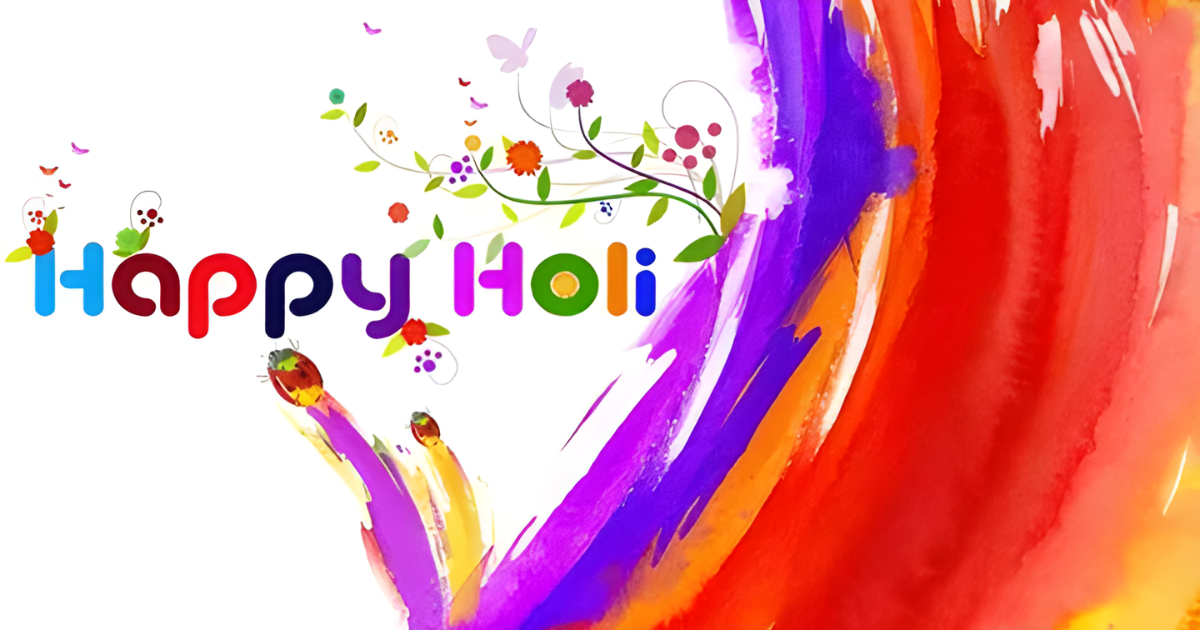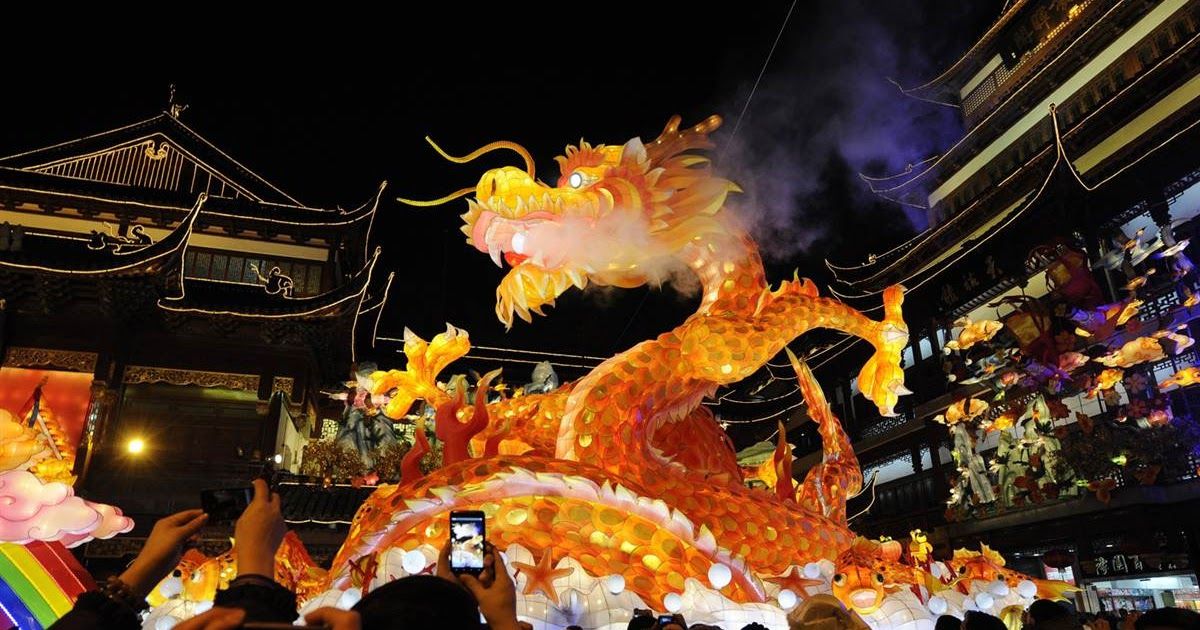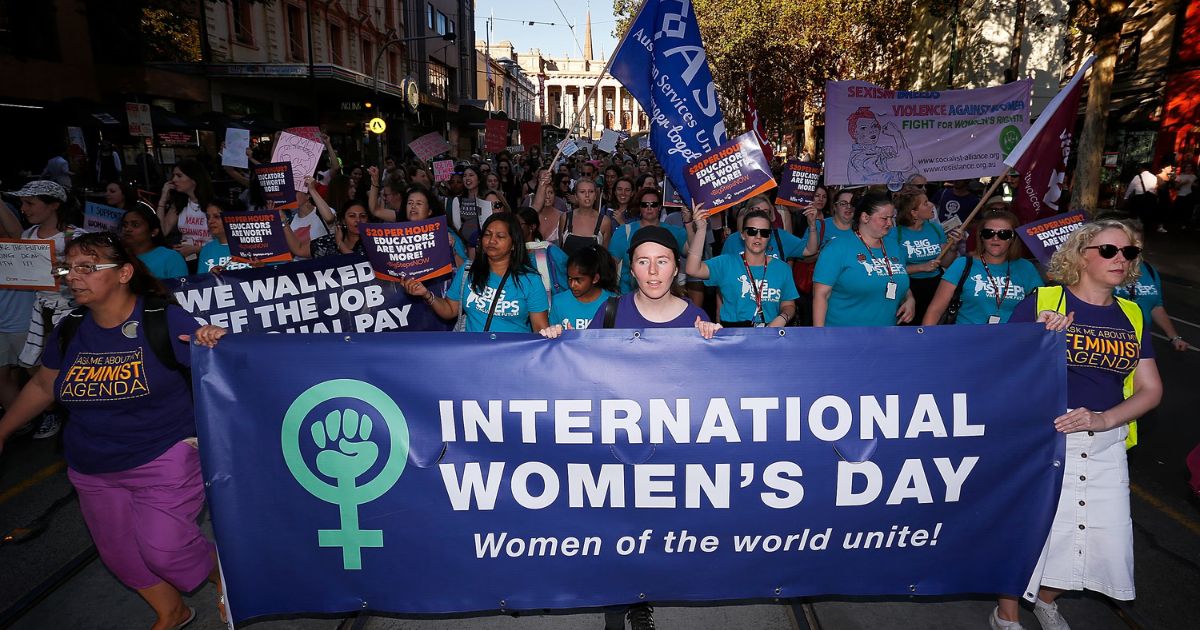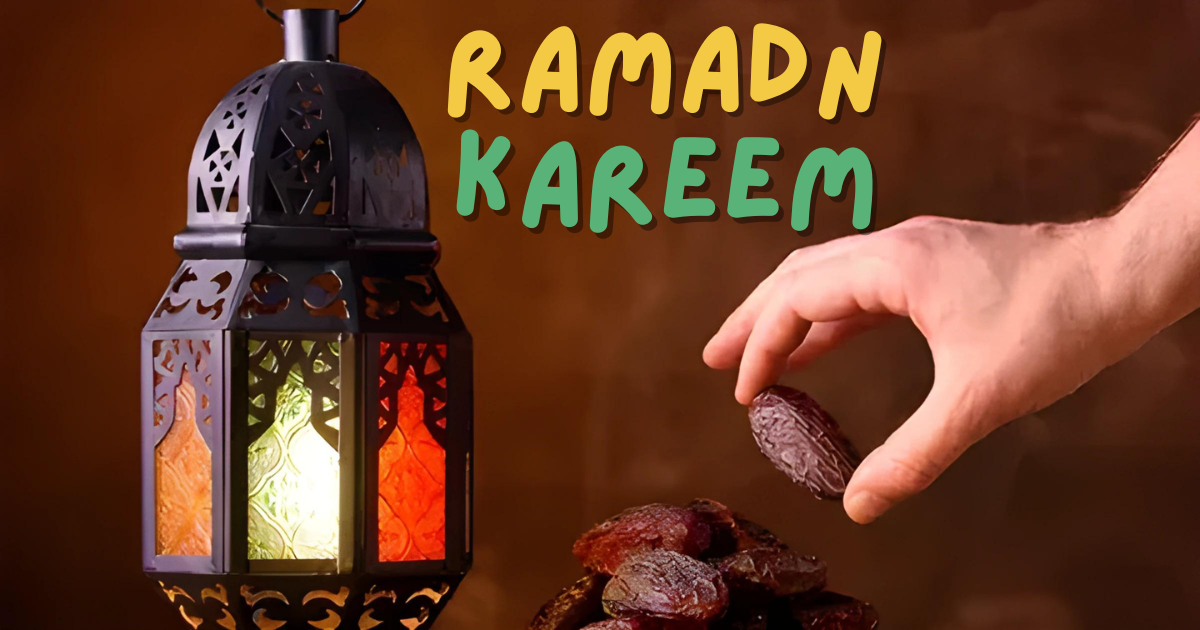Introduction
When the winter cold gives way to springtime warmth, a kaleidoscope of colours erupts across the skies, heralding the arrival of one of the most vibrant and joyous festivals in the world—Happy Holi. This ancient Hindu celebration, deeply rooted in the rich tapestry of Indian culture, has transcended borders and captured people’s hearts worldwide with its infectious energy, symbolism, and spirit of unity.
In this comprehensive article, DIGITAL NEWS PLANET invites you to immerse yourself in the colourful world of Happy Holi, exploring its origins, traditions, and the profound meaning that lies beneath the vibrant festivities.
The Origins and Mythology of Happy Holi

The Legend of Holika and Prahlad
- The Holi festival finds its roots in Hindu mythology, specifically the tale of Holika and Prahlad.
- According to the ancient story, Holika, the sister of the demon king Hiranyakashipu, possessed a boon that granted her immunity from fire.
- Enraged by her nephew Prahlad’s devotion to Lord Vishnu, Holika hatched a plan to burn him alive. However, she was outwitted by divine intervention, which protected the pious Prahlad while leaving Holika to perish in the very flames she had hoped to use against him.
The Triumph of Good over Evil
- This legendary tale symbolizes the victory of good over evil, truth over falsehood, and the unwavering faith that ultimately triumphs against all odds.
- The burning of Holika’s effigy on the eve of Holi represents the purging of negativity and the renewal of hope and positivity.
The Arrival of Spring
- In addition to its mythical origins, Happy Holi marks the entrance of spring, a time for rebirth and fresh starts.
- The vibrant colours during the festival symbolize the blooming of nature, the joy of life, and the renewal of energy and vitality.
The Traditions and Rituals of Happy Holi
The Holika Dahan
- The festivities of Happy Holi commence with the Holika Dahan, a ritual that involves lighting a symbolic bonfire on the night before the primary day of celebration.
- This act commemorates the burning of the demoness Holika and signifies the victory of righteousness over wickedness.
The Colors of Joy
- On the day of Holi, revellers take to the streets, armed with colourful gulal (dry powder colours) and pichkaris (water guns), engaging in playful battles of colours.
- The vibrant hues covering the air and painting the participants’ faces symbolize the joy of unity, the blurring of social barriers, and the celebration of life itself.
Delectable Delicacies
- No Holi celebration is complete without the traditional sweets and savouries accompanying the festivities.
- From mouth-watering gujiyas and malpuas to savoury delights like dahi vada and papri chaat, these culinary delights add flavour and richness to the celebrations.

The Cultural Significance of Happy Holi
Unity and Inclusivity
- Happy Holi transcends religious and social boundaries, bringing people together in unity, love, and inclusivity.
- Applying colours to one another, regardless of age, gender, or social status, symbolizes breaking down barriers and accepting all individuals as equals.
Fostering Community Bonds
- The festival is a powerful catalyst for strengthening community ties and fostering a sense of togetherness.
- Families, neighbours, and friends gather to commemorate, share the joyous festivity, and create cherished memories that bind them closer.
Welcoming Spring and New Beginnings
- The colours of Holi spread joy and vibrancy, and they also signify the arrival of spring, a season of renewal and rebirth.
- The festival encourages individuals to embrace new beginnings, let go of past grievances, and start anew with an optimistic outlook.
Happy Holi Around the Globe
The Spread of Holi Celebrations
- While Holi originated in India, its infectious spirit and vibrant celebrations have transcended geographical boundaries.
- From the United States and the United Kingdom to Australia and various parts of Europe, the festival has found a home in diverse communities worldwide.
Adapting to Local Cultures
- Happy Holi has spread globally and adapted to local cultures and traditions, creating unique and enriching experiences.
- The festival has taken on new forms in some regions, incorporating music, dance, and other cultural elements while preserving its essence.
Promoting Cultural Exchange and Understanding
- The global celebration of Holi serves as a powerful platform for cultural exchange and understanding.
- It allows people of diverse backgrounds to come together, learn about each other’s traditions, and foster a sense of unity and appreciation for diversity.
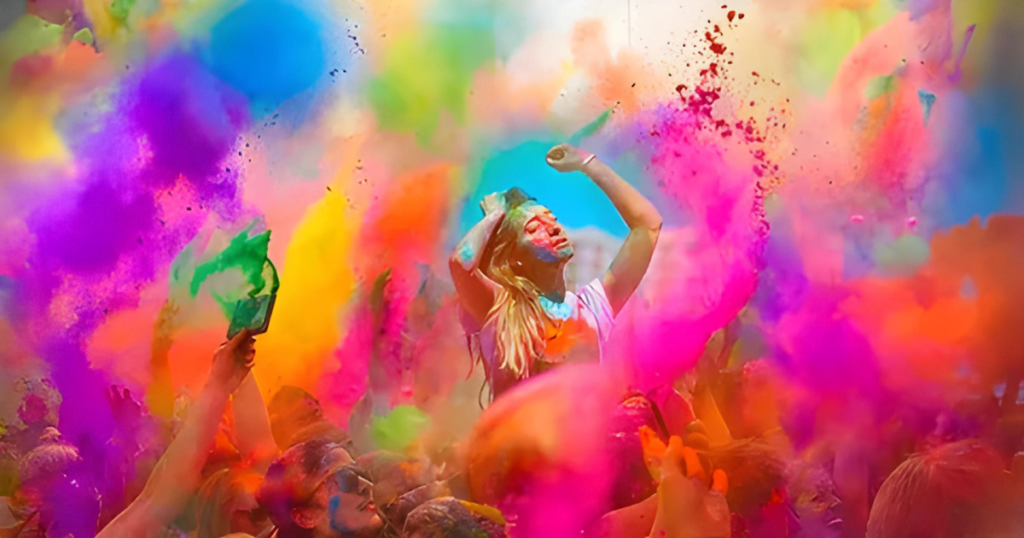
Conclusion
Happy Holi is a vibrant celebration that embodies joy, unity, and the triumph of good over evil. Its infectious energy and colourful traditions have captured people’s hearts worldwide, transcending boundaries and bringing communities together in love and inclusivity.
At DIGITAL NEWS PLANET, We take great pride in honouring Holi’s rich legacy of ethnic diversity. As the world embraces the festival’s vibrant hues and joyous revelry, we invite you to join us in embracing the values of unity, acceptance, and new beginnings at the heart of this ancient tradition.
May the colours of Happy Holi bring joy, hope, and positivity into your life, and may the spirit of togetherness that it embodies continue to inspire and unite us all.
-
What is the significance of the colours used during Happy Holi?
The vibrant colours symbolize joy, unity, and the blurring of social barriers. They represent the diverse hues of life and the celebration of new beginnings.
-
Why is Holika Dahan celebrated on the eve of Holi?
Holika Dahan commemorates the burning of the demoness Holika and represents the victory of good over evil. It marks the beginning of the Holi festivities and signifies the purging of negativity.
-
Can people of all faiths and backgrounds participate in Happy Holi?
Absolutely! Happy Holi celebrates unity and inclusivity, welcoming people from all backgrounds and religions to partake in the festivities and embrace the spirit of togetherness.
-
What are some traditional delicacies associated with Holi?
Some of the conventional delicacies enjoyed during Happy Holi include gujiyas (sweet dumplings), Malpas (syrup-soaked fritters), dahi vada (lentil dumplings in yoghurt), and papri chaat (crispy wafers with various chutneys and yoghurt).
-
How has Happy Holi spread and adapted to different cultures around the world?
While Happy Holi originated in India, it has spread globally and adapted to local cultures, incorporating music, dance, and other cultural elements while preserving its essence. The festival has become a celebration of cultural exchange and understanding in diverse communities worldwide.

